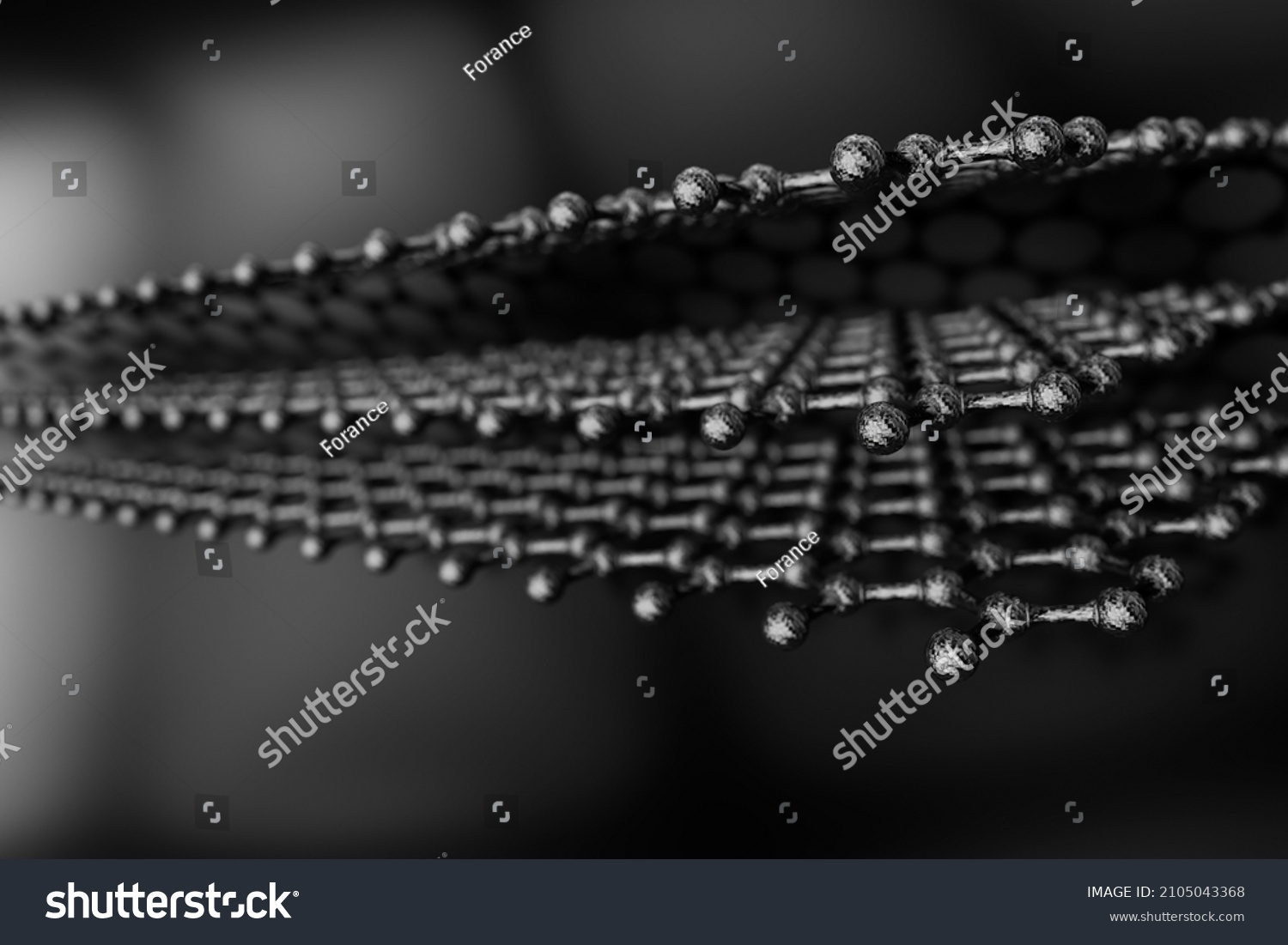Graphene, known for its remarkable properties, has piqued the interest of scientists and engineers alike. Often heralded as a revolutionary material, graphene’s composition invites inquiry into its fundamental nature. One compelling question arises: is 3D graphene pure carbon? This exploration provides an opportunity to delve into the intricate world of atomic structures, material science, and the burgeoning realm of nanotechnology. Understanding the essence of graphene not only clarifies its identity but also illuminates its potential applications and implications for various fields.
At its core, graphene is composed of carbon atoms arranged in a two-dimensional lattice, characterized by a honeycomb structure. This simplistic description, however, belies the complexities and nuances of the material. The carbon atoms in graphene are bonded through sp2 hybridization, where each atom forms three σ-bonds with adjacent carbon atoms, creating an extensive planar network with exceptional strength and conductivity. As we extend this analysis to three-dimensional (3D) graphene structures, the question of purity emerges amidst a network of definitions and perceptions.
To consider whether 3D graphene can be classified as pure carbon, it is essential first to understand the structural variations that exist within graphene itself. While monolayer graphene is purely carbon, the introduction of additional layers or modifications can lead to shifts in composition. This multi-layered or three-dimensional form may incorporate functional groups or molecular additives that interact with the carbon framework, thereby expanding the definition of purity beyond mere atomic composition.
3D graphene is often characterized by various forms, including graphene oxide, reduced graphene oxide, and other composites. Each variant exhibits distinct properties and functionalities. For instance, graphene oxide comprises graphene sheets laden with oxygen-containing functional groups, which significantly alters its electronic properties and solubility. Such modifications create materials that, while originating from graphene, cannot be classified as “pure” in the conventional sense. They embody hybrid characteristics and open doors for novel functionalities, leading to extensive research focused on applications in electronics, medicine, and energy storage.
In contrast, when we refer to 3D graphene that closely resembles its 2D counterpart, we must consider its morphological constructs, such as graphene foams or sponges. These materials retain the fundamental carbon-based structure while adopting a three-dimensional sprawl that enhances surface area and mechanical resilience. They boast remarkable attributes such as lightweight construction, exceptional tensile strength, and superb electrical conductivity, affirming the versatility of carbon atoms when arranged appropriately.
Moreover, the transformation of 2D graphene into a 3D architecture presents unique opportunities within diverse scientific disciplines. For instance, in biomedical fields, three-dimensional graphene scaffolds demonstrate biocompatibility and mechanical support, promoting cellular growth and tissue engineering. In energy applications, the porous nature of 3D graphene allows for efficient supercapacitor designs, maximizing charge capacity and fast discharge rates. This interplay of carbon with various substrates or environments underscores a crucial aspect: the inherent adaptability of carbon-based materials and the potential they harbor, transcending the simplistic notion of ‘purity.’
The implications of this inquiry extend deeper than material classification; they touch upon the philosophical undercurrents of what defines purity in science. When is a material no longer “pure”? Is it solely due to the presence of additional atoms, or does the manipulation of carbon’s intricate configurations suggest a broader interpretation? As scientists seek to exploit the unique attributes of graphene in diverse contexts, the purity argument morphs into a discussion of functional relevance versus elemental simplicity.
Experimental methods yield insights into the purity of 3D graphene through advanced characterization techniques, such as transmission electron microscopy (TEM) and Raman spectroscopy. These methodologies facilitate the identification of structural defects, functional groups, and overall chemical properties, ensuring a comprehensive understanding of the material’s characteristics. While examining these properties, researchers pursue a delicate balance between maintaining the undeniable advantages of graphene while tailoring its structure to suit specific applications.
The ongoing research into the role of graphene in composite materials further complicates the purity narrative. By amalgamating graphene with other materials, such as metals or polymers, the resulting composites typically exhibit enhanced mechanical strength and lightweight characteristics, reminiscent of graphene’s unparalleled attributes. Nevertheless, the inclusion of supplementary components questions the idea of purity as these new hybrid materials evolve beyond a singularly defined existence.
In conclusion, exploring whether 3D graphene can be dubbed pure carbon necessitates an intricate analysis of carbon’s diverse structural manifestations and functionalities. The interrelation between purity and function leads to compelling possibilities that ignite curiosity and inspire innovation. As the understanding of graphene continues to evolve, its implications stretch far and wide, shaping future technological advancements and redefining the boundaries of material science. The journey of carbon—from its atomic simplicity to its multifaceted derivatives—heralds a paradigm shift in materials research. Unraveling this complicated relationship between purity, structure, and application may very well reveal the profound ingenuity and versatility characteristic of carbon-based materials in an ever-progressing scientific landscape.












